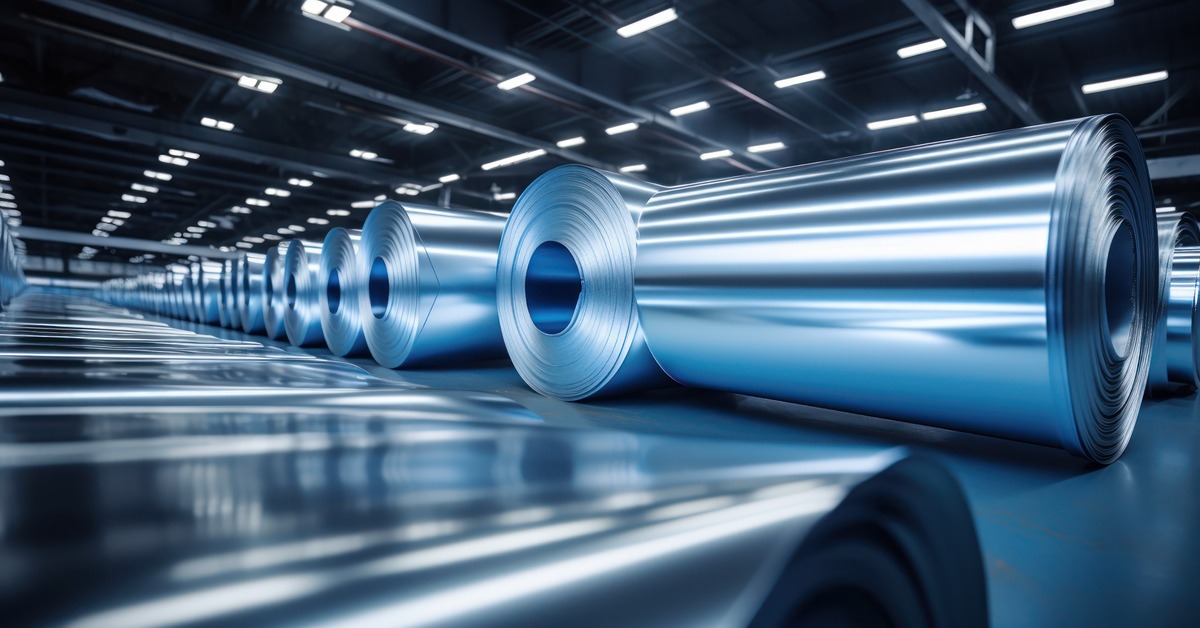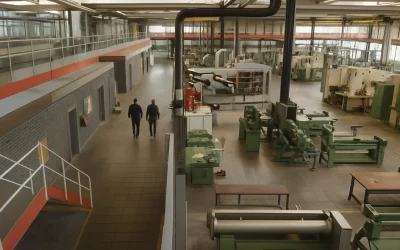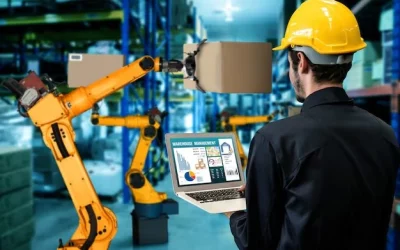Artificial Intelligence (AI) is revolutionizing the steel manufacturing industry by driving efficiencies, optimizing processes, and improving quality across the production chain. As the demand for high-quality steel grows, manufacturers are increasingly adopting AI-powered solutions like vision AI in the steel industry to enhance productivity and stay competitive in a challenging market.
1. Process Optimization
AI plays a pivotal role in optimizing complex processes in steel manufacturing, such as melting, casting, and rolling. Machine learning and computer vision in the steel industry allow algorithms to analyze vast datasets from production lines to identify patterns, predict equipment failure, and suggest real-time adjustments. This reduces energy consumption and raw material waste, both of which are significant cost factors in AI-powered steel manufacturing.
2. Predictive Maintenance
AI-driven predictive maintenance uses sensors and data analytics to monitor equipment health and predict potential breakdowns before they occur. By preventing unexpected downtime, artificial intelligence in the steel industry helps maintain smooth operations and reduce repair costs. This proactive approach leads to higher operational efficiency and minimized disruptions.
3. Quality Control and Inspection
Vision AI platforms for steel production are becoming integral to quality control. AI-based vision systems can detect defects and irregularities with high precision, ensuring that only top-quality steel leaves the factory. By analyzing surface finishes, structural properties, and internal inconsistencies, AI enables manufacturers to meet stringent quality standards while reducing human error.
4. Energy Management
Energy efficiency is a major concern in steel manufacturing due to the high power requirements. AI helps manage energy consumption by analyzing production schedules, energy prices, and equipment efficiency to optimize energy usage. With real-time adjustments, AI ensures that the smart factory with vision AI operates at peak energy efficiency, leading to significant cost savings.
5. Supply Chain Management
AI is streamlining the steel manufacturing supply chain from raw material procurement to product delivery. By predicting market trends, material availability, and demand fluctuations, AI in steel manufacturing helps manufacturers make data-driven decisions. This results in better inventory management, reduced lead times, and improved customer satisfaction.
6. Workforce Safety
AI technologies, including robotics and autonomous systems, enhance safety in steel plants. Robots equipped with AI handle dangerous tasks like handling molten steel or performing hazardous inspections, reducing the risk of accidents and injuries to human workers.
7. Sustainability and Environmental Impact
AI contributes to sustainability by optimizing production processes and reducing waste, thus minimizing the environmental footprint of steel plants. AI can also track emissions and recommend ways to reduce carbon output, aligning with global sustainability goals. This end-to-end traceability ensures compliance with environmental regulations and boosts the industry’s eco-friendly credentials.
Conclusion
Artificial Intelligence is transforming steel manufacturing by making it smarter, more efficient, and sustainable. From predictive maintenance and quality control to energy management and supply chain optimization, vision AI in the steel industry is helping manufacturers overcome traditional challenges while unlocking new levels of innovation. As AI technology evolves, its role in smart factories with vision AI will drive the future of steel production, shaping a new era of manufacturing excellence.
ThirdEye AI, a leading AI solutions provider, is at the forefront of this transformation, offering cutting-edge vision AI platforms and tools that empower steel manufacturers to achieve unparalleled operational efficiency and quality. With AI-driven solutions, ThirdEye AI is helping shape the future of steel manufacturing and smart factory ecosystems.




